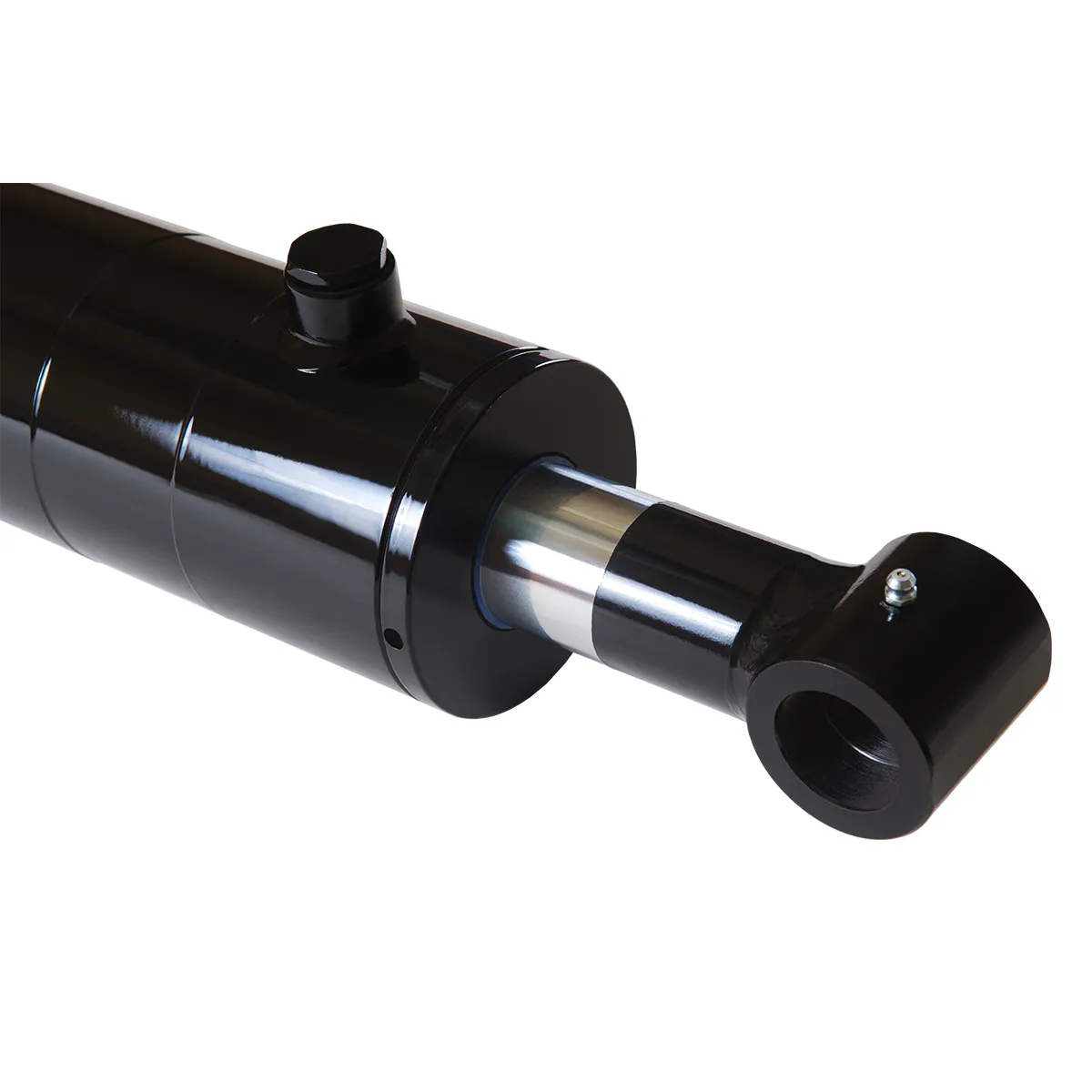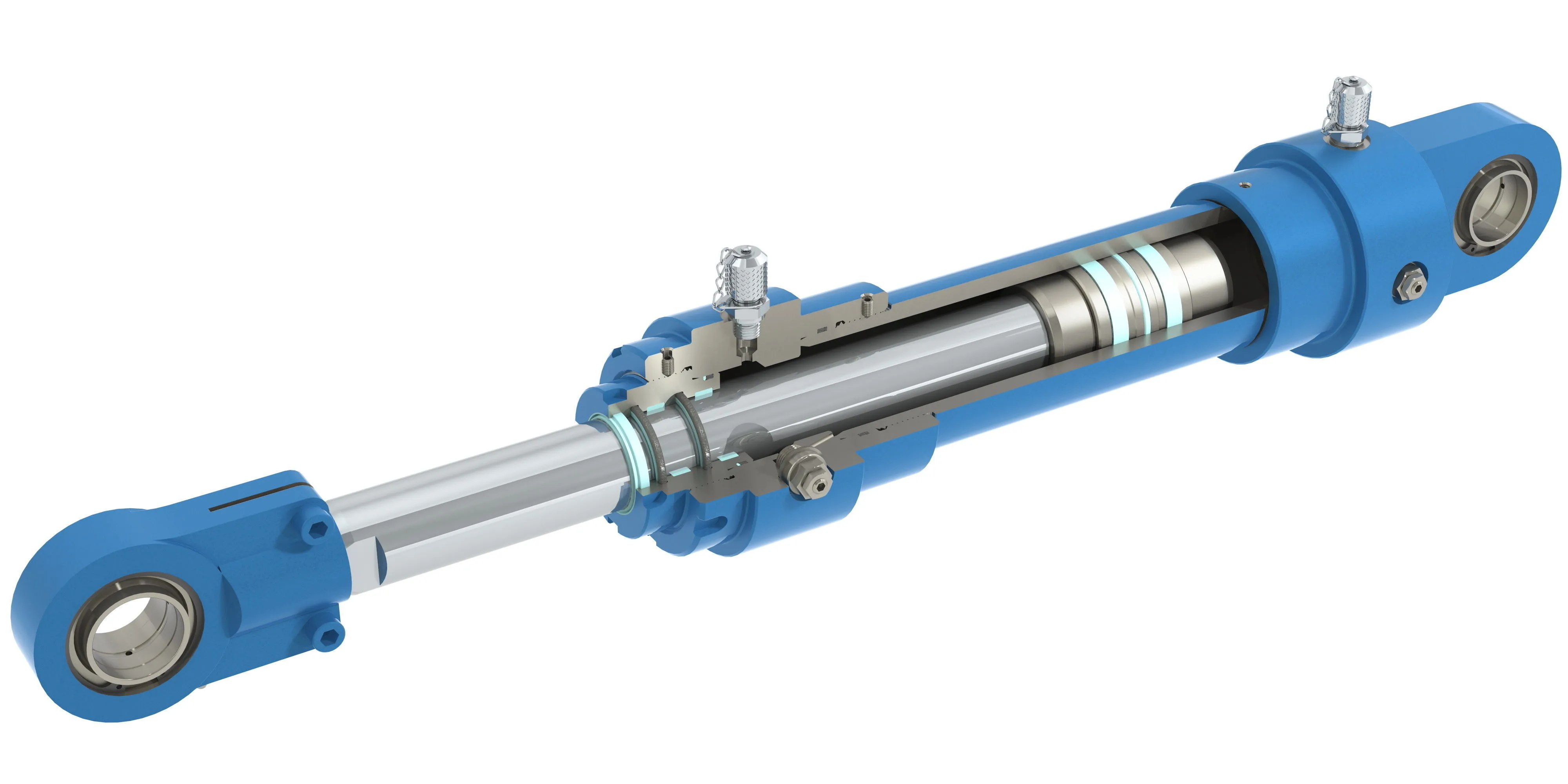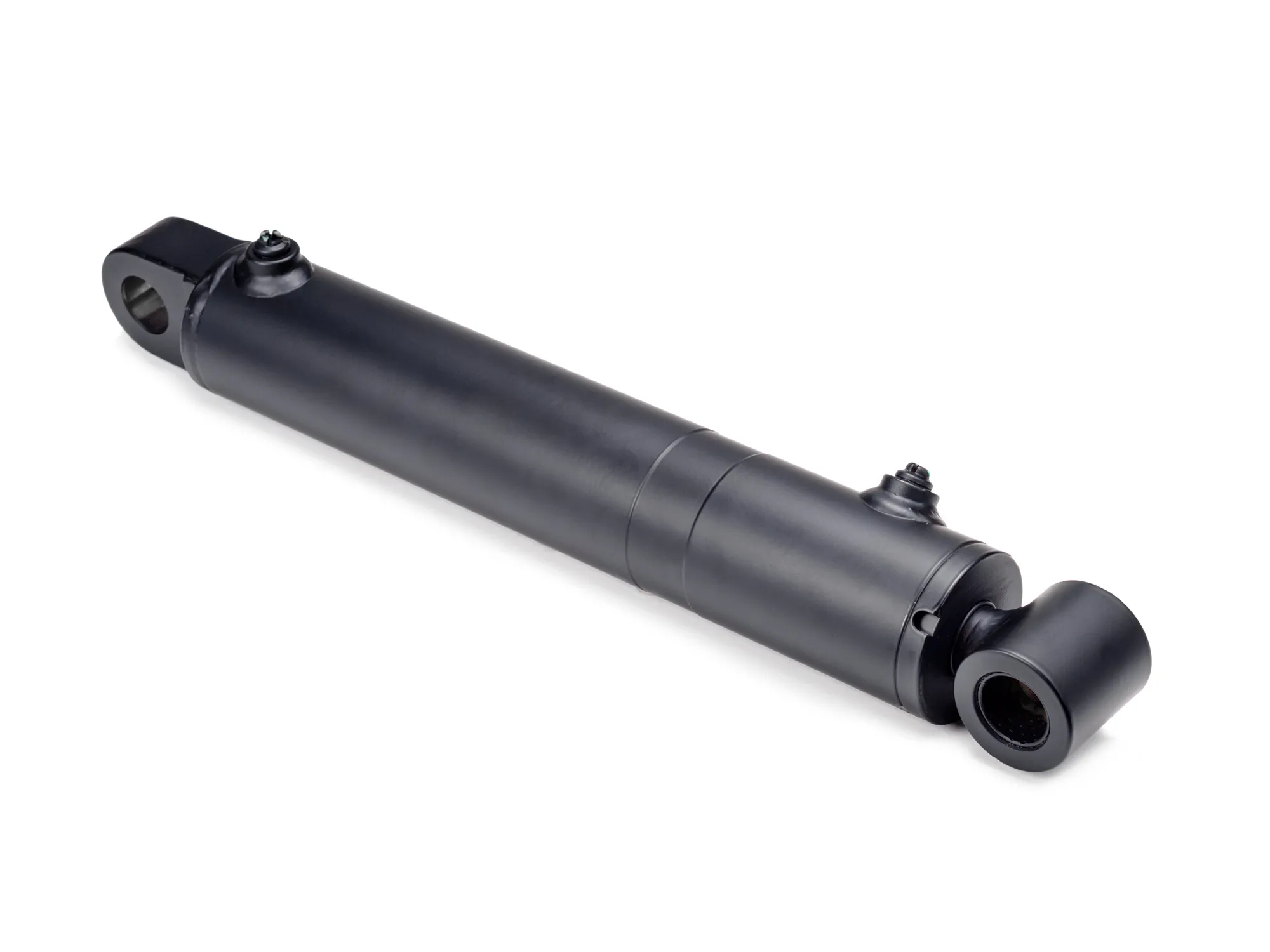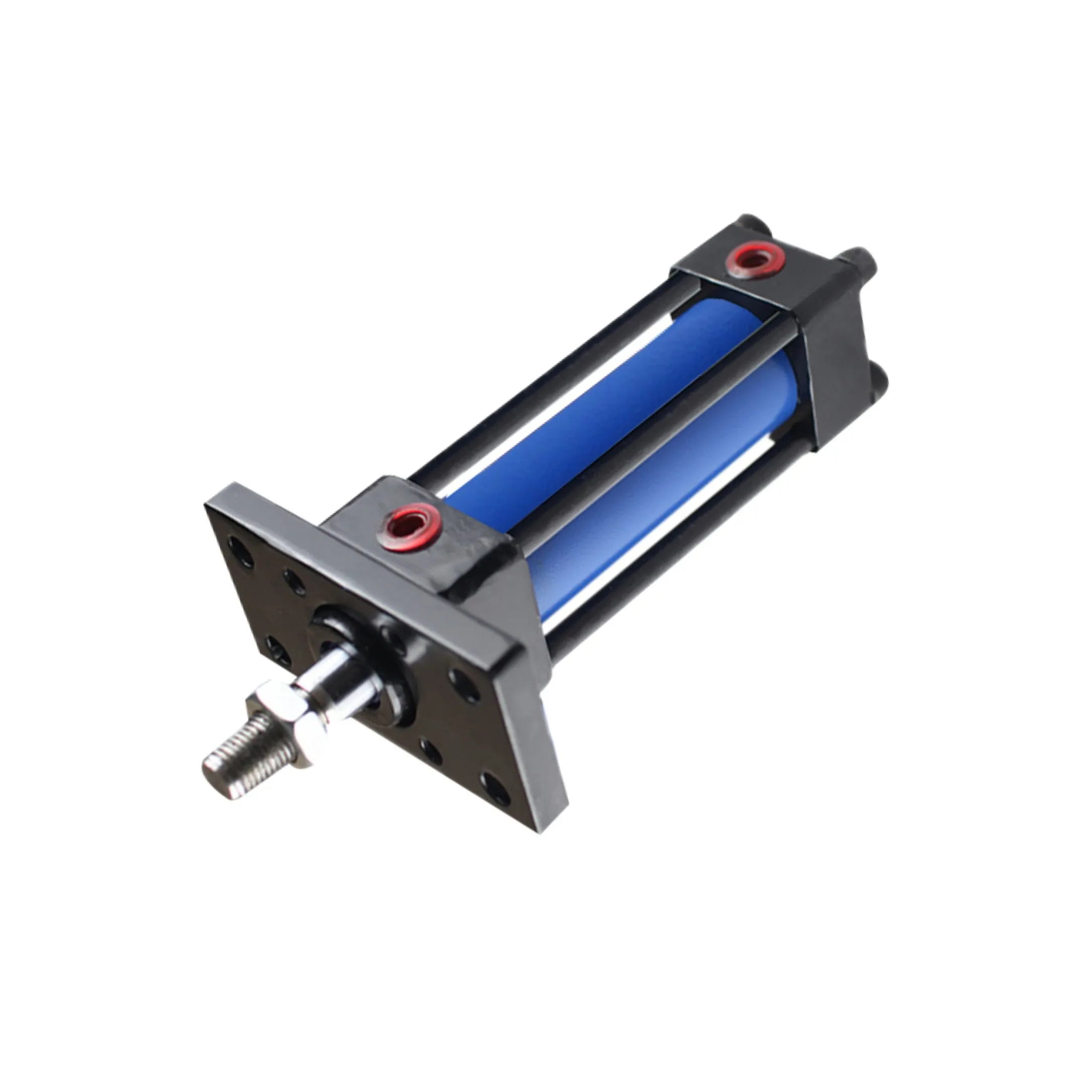The Ultimate Guide to Spring-Return Single-Acting Hydraulic Cylinder in Hydraulic Presses
Introduction
Spring-return single-acting hydraulic cylinder is a type of hydraulic cylinder that utilizes hydraulic oil to extend the piston. When the pressure is released, the built-in spring automatically retracts the piston.
Design and Construction Characteristics
Single-Acting Structure:
The hydraulic oil pressure is utilized for extension, while the return is dependent on the built-in spring.
Spring Selection:

Appropriate spring selection ensures quick and complete reset after the release of hydraulic oil pressure.
Sealing Design:
High-quality sealing materials prevent oil leakage, ensuring system efficiency and safety.
Strength and Durability:
Materials like high-strength steel are chosen for their ability to withstand high pressure and impact.
Construction and Assembly Process
The assembly process is crucial for precise component docking, especially the coordination of piston and cylinder block to minimize friction and wear. Welding and mechanical connections must be strong to prevent oil leakage under high pressure. Strict testing and debugging are necessary to ensure normal operation.
Working Principle
When hydraulic oil is pumped into the cylinder, it extends the piston against the load. Upon pressure release, the spring mechanism retracts the piston to its initial position.
Types and Configurations
There are three different types of spring-return single-acting hydraulic cylinders, each suitable for specific applications.
Key Benefits
The spring-return single-acting hydraulic cylinder offers benefits like automatic reset, simplicity, cost-effectiveness, flexibility, and safety.
Application Scenarios
These cylinders find applications in industrial machinery, automated assembly lines, construction equipment, lifting platforms, agricultural machinery, tractor accessories, automotive maintenance, body repair, packaging machinery, and material handling.
Design Considerations and Selection Criteria
Considerations include bearing capacity, sealing, durability, safety, and maintainability to ensure optimal performance.
Sealing and Lubrication
Various seals like piston seals and rod seals are used, along with fine treatment of cylinder surfaces for improved wear resistance. Regular lubrication with hydraulic oil is essential for proper functioning.
Preventive Maintenance
Regular inspection and maintenance measures are crucial for the longevity and efficient operation of spring-return single-acting hydraulic cylinders.
Installation Guide
Proper installation of the hydraulic cylinder involves precise alignment and secure connections to prevent issues during operation.
Maintenance Tasks
Regular inspection, lubrication, seal replacement, and calibration inspection are key maintenance tasks to ensure optimal performance.
Safety Considerations
Safety measures and environmental factors should be considered to prevent accidents and ensure a safe working environment.

Unit Power
Unit power is a critical factor affecting the performance of the hydraulic system, influenced by hydraulic system pressure, piston area, and spring characteristics.
Optimizing Power Unit

Optimizing the power unit of spring-return single-acting hydraulic cylinders can lead to improved efficiency, energy savings, and enhanced reliability.
FAQs
1. How does the spring mechanism work in this type of cylinder?

2. What are the main applications of spring-return single-acting hydraulic cylinders?
3. What are the advantages of using a spring-return design?
Long-Tail Keywords
1. Hydraulic Press Cylinder with Spring Mechanism
2. Single-Acting Hydraulic Cylinder for Press Applications
3. Spring-Return Design in Hydraulic Press Systems
Our Company
We are a leading hydraulic cylinder manufacturer offering a complete product line, certified services, custom solutions, advanced production equipment, and exceptional after-sales support.
Author
Author: lyl
